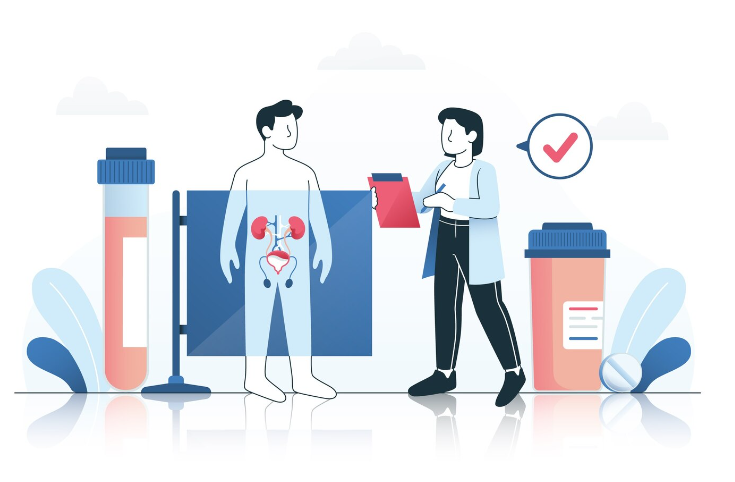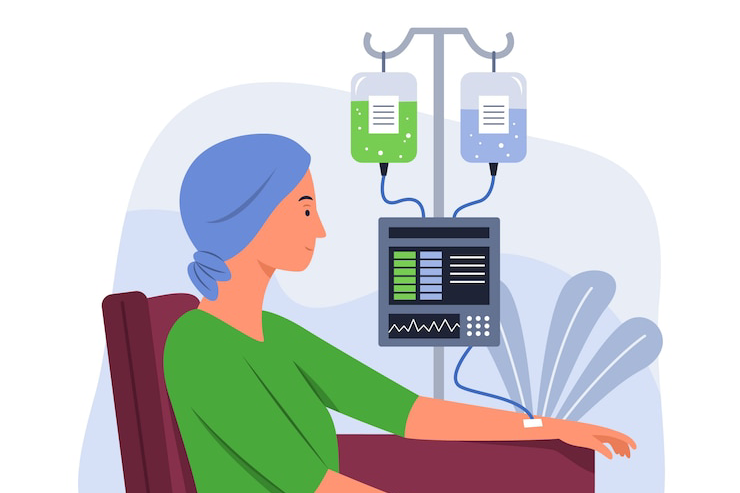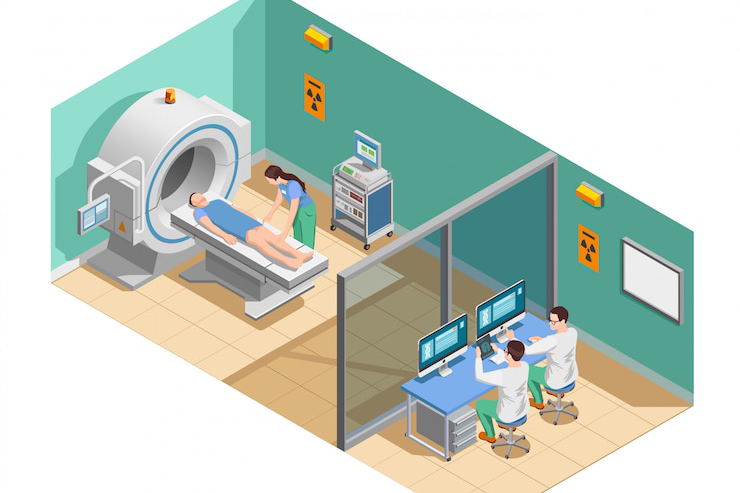
Understanding dialysis a Lifesaving Treatment for Kidney Failure
Kidneys are vital organs responsible for filtering waste and excess fluids from the blood, regulating blood pressure, balancing electrolytes, and producing hormones that affect red blood cell production. When the kidneys fail to function properly due to chronic kidney disease (CKD) or acute kidney injury, waste products and excess fluids can build up in the body, leading to serious health complications. For people with end-stage renal disease (ESRD) or severe kidney failure, dialysis becomes a lifesaving treatment. In this blog, we will explore what dialysis is, how it works, and its importance for patients with kidney failure.
What Is Dialysis?
Dialysis is a medical treatment that performs the function of healthy kidneys by removing waste products, excess fluids, and toxins from the blood when the kidneys are no longer able to do so. It also helps maintain the body's electrolyte balance by regulating levels of sodium, potassium, calcium, and bicarbonate. Dialysis does not cure kidney disease, but it is an essential therapy for sustaining life in patients whose kidneys have lost most or all of their function. There are two main types of dialysis: hemodialysis and peritoneal dialysis.
1. Hemodialysis:
In hemodialysis, the patient's blood is filtered outside the body using a dialysis machine. Blood flows through a special filter, called a dialyzer or artificial kidney, which removes waste and excess fluid. The clean blood is then returned to the body. This process is typically done at a dialysis center three times a week, with each session lasting about four hours. In some cases, patients can perform hemodialysis at home with the proper training and equipment.
2. Peritoneal Dialysis:
Peritoneal dialysis involves using the lining of the abdomen, known as the peritoneum, as a natural filter. A special solution called dialysate is infused into the abdominal cavity through a catheter, where it absorbs waste and excess fluids from the blood. The solution is then drained from the body, taking the waste with it. Peritoneal dialysis can be done at home, either manually several times a day or automatically overnight using a machine.
Who Needs Dialysis?
Dialysis is typically recommended for patients with end-stage renal disease (ESRD) or severe kidney failure. This is when the kidneys are functioning at less than 10-15% of their normal capacity, and the body can no longer eliminate waste products on its own. Dialysis is also sometimes used in cases of acute kidney injury, where the kidneys suddenly stop working but may recover with temporary support.
Common conditions that can lead to kidney failure and the need for dialysis include:
- Chronic kidney disease (CKD)
- Diabetes
- High blood pressure
- Glomerulonephritis (inflammation of the kidney's filtering units)
- Polycystic kidney disease
- Severe dehydration or blood loss
- Drug toxicity or poisoning
How Dialysis Works
Both types of dialysis work by filtering the blood to remove toxins and excess fluids, but they do so in different ways.
- Hemodialysis: Blood is drawn from the patient through a vascular access point, usually in the arm. It passes through the dialysis machine, where the dialyzer removes waste products and excess fluid. The filtered blood is then returned to the body. The process relies on a semi-permeable membrane in the dialyzer that allows waste to pass through while keeping essential substances like blood cells and proteins in the bloodstream.
- Peritoneal Dialysis: The dialysate solution is introduced into the peritoneal cavity, where it absorbs waste and fluids from the blood vessels lining the peritoneum. After several hours, the solution is drained from the body, and the process is repeated. This method takes advantage of the natural filtering ability of the peritoneal membrane.
The Importance of Dialysis in Kidney Failure
Dialysis is essential for patients with kidney failure because it helps maintain the body's internal balance. Without dialysis, waste products and excess fluids would accumulate to dangerous levels, leading to potentially life-threatening complications such as:
- Fluid overload, which can cause swelling, shortness of breath, and heart failure
- Electrolyte imbalances, leading to dangerous levels of potassium, sodium, and calcium in the blood
- Uremia, a condition where toxic waste products build up in the blood, causing nausea, fatigue, confusion, and even seizures or coma
Dialysis and Quality of Life
While dialysis is lifesaving, it can also be challenging for patients to adjust to the treatment regimen. Hemodialysis requires frequent trips to a dialysis center, and the sessions can be time-consuming. However, many patients find that they are able to return to their normal activities, including work and socializing, between dialysis sessions
Peritoneal dialysis offers more flexibility and independence, as it can be done at home. Patients can perform the treatments themselves, allowing them to maintain a more active lifestyle. Both types of dialysis require careful attention to diet and fluid intake, as well as close monitoring of blood pressure and other health parameters.
Conclusion
Dialysis is a critical treatment for people with kidney failure, offering a way to manage the symptoms of ESRD and sustain life. Although it requires significant commitment and lifestyle adjustments, dialysis enables patients to live longer, healthier lives. Whether through hemodialysis or peritoneal dialysis, this treatment helps maintain the body's balance, preventing the complications of kidney failure and improving overall quality of life.
If you or a loved one is facing kidney failure, it’s essential to work closely with your healthcare team to determine the best type of dialysis for your situation. With the right care and support, dialysis can provide the stability needed to manage kidney failure and maintain a fulfilling life.



